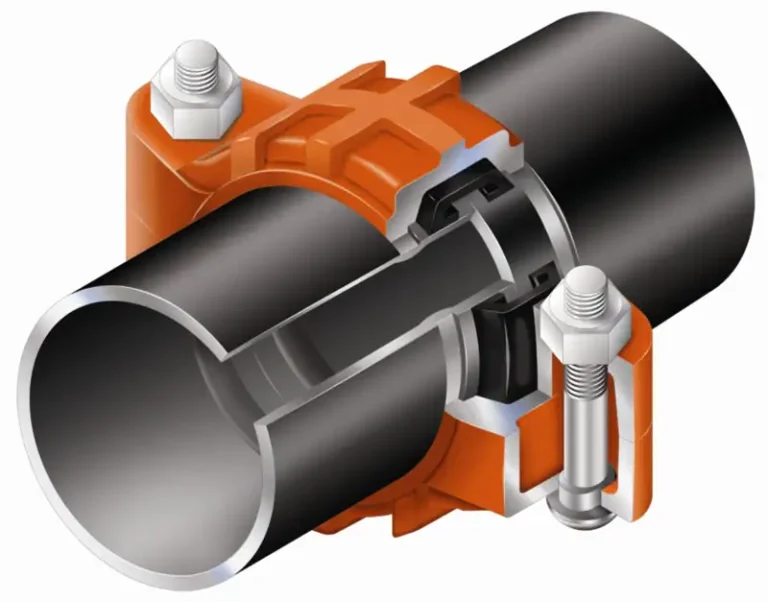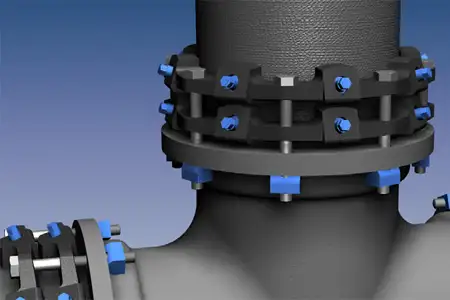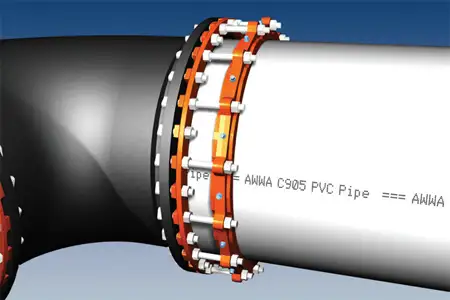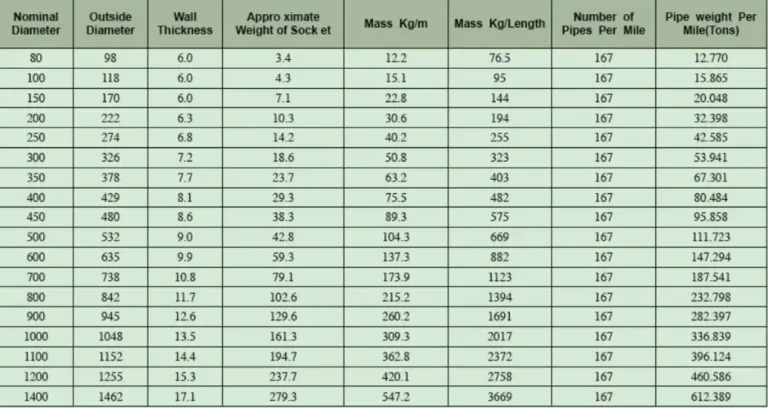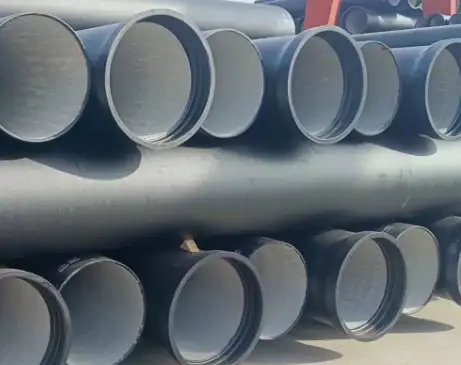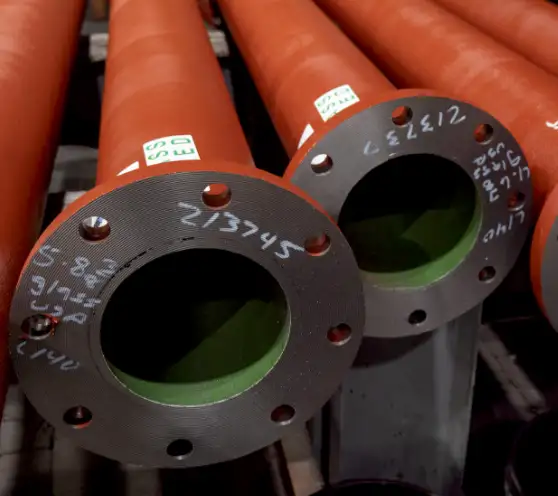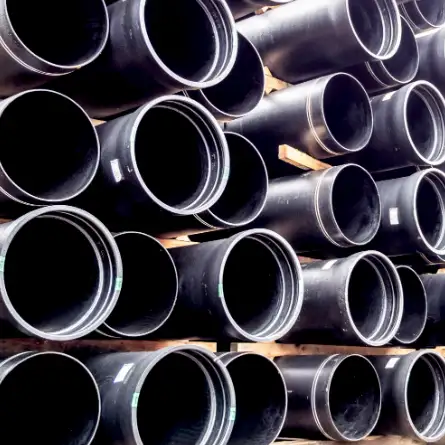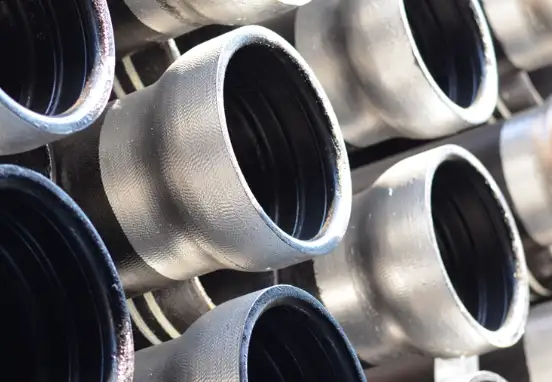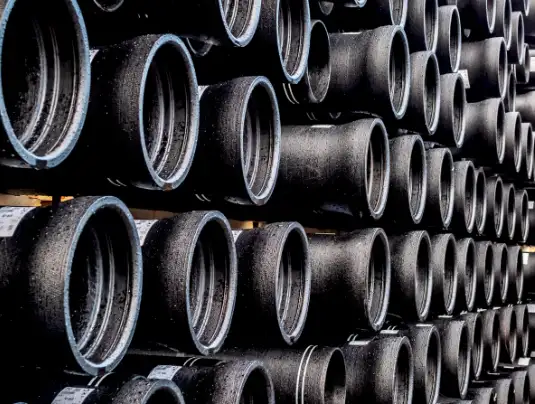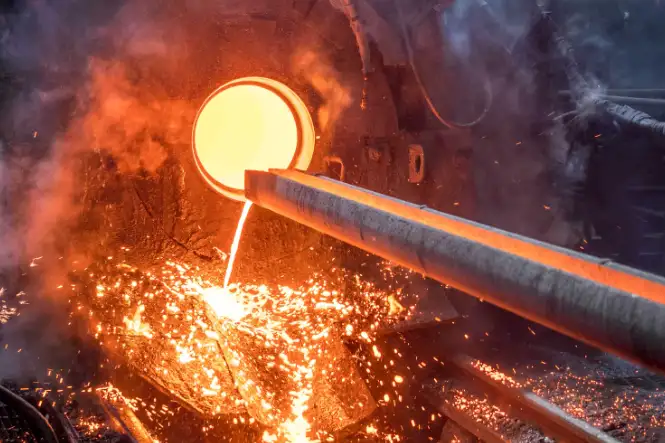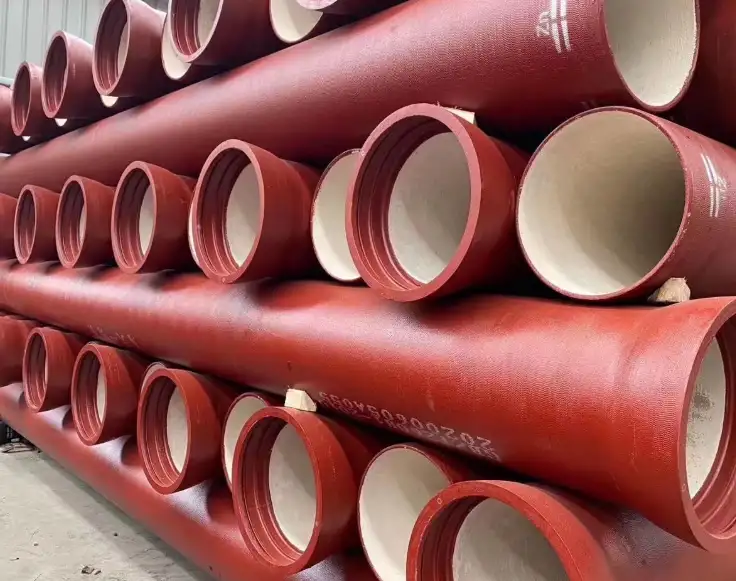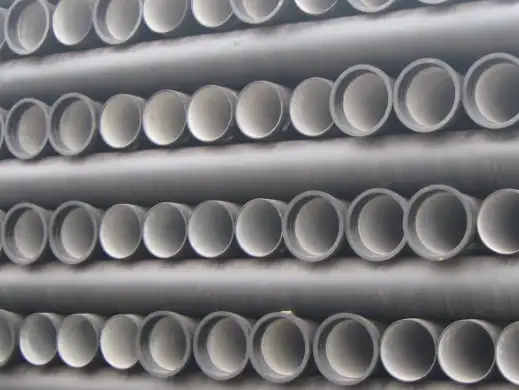News
2025-04-29
In the realm of piping systems, ensuring secure and reliable connections is paramount. Two prevalent methods for joining pipes are mechanical joints and flanged joints. Understanding the distinctions between...
2025-04-29
In the realm of pipeline construction and infrastructure, one of the critical decisions that engineers and contractors must make is the type of joint to use for connecting pipes. Restrained and unrestrained...
2025-04-29
When designing and installing pipeline systems, the type of joint used to connect the pipes is critical for ensuring a secure, leak-proof, and long-lasting system. Two common types of joints used in these...
2025-04-29
Ductile iron pipes (DIP) have been a staple in infrastructure projects for many decades due to their strength, durability, and corrosion resistance. One of the most critical aspects to understand when...
2025-04-29
Restrained joint ductile iron pipe (RJDI) is an essential component of modern water distribution, wastewater systems, and other fluid transportation infrastructure. It is designed to provide a secure,...
2025-04-29
Ductile iron fittings are essential components in piping systems, offering a combination of strength, durability, and flexibility. Used in a wide range of applications including water distribution, sewage...
2025-04-29
Steel pipe flanges and flanged fittings are essential components in many industrial piping systems. They are used to join two sections of pipe or to connect pipes to other equipment, such as valves, pumps,...
2025-04-29
TR Flex Pipe is a type of flexible, jointed pipe system commonly used in water and wastewater infrastructure projects. It is designed to provide enhanced flexibility and strength, making it suitable for...
2025-04-29
Glass-lined ductile iron pipes represent a cutting-edge material solution for industries requiring corrosion-resistant, durable, and strong piping systems. These pipes combine the inherent strength of...
2025-04-29
The ANSI/AWWA C115/A21.15 standard plays a crucial role in the design, manufacturing, and installation of ductile iron pipe and fittings. As a guideline established by the American National Standards Institute...
2025-04-29
When discussing materials used in construction, automotive, or manufacturing industries, ductile iron is often mentioned due to its remarkable strength, flexibility, and durability. But a common question...
2025-04-29
Ductile cast iron, also known as ductile iron or nodular cast iron, is a versatile material known for its strength, resilience, and unique properties. But among the many questions engineers, material scientists,...
No posts found

